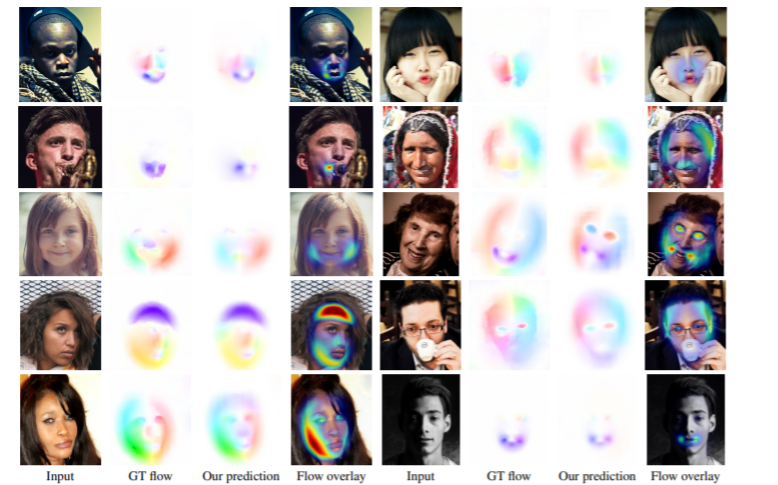
While the world is legitimately worried about deepfakes and other clever manipulations, one form of manipulation has been around for ages: Photoshop.
We all know that magazine photos are often cleverly edited, either with Photoshop or other image manipulation software. Most malicious manipulations, in general, use simple image editing tools. In a study published in e-print archive arXiv, a team of researchers has presented an AI algorithm capable of detecting image warping in human faces — probably the most common Instagram manipulation. The algorithm is also capable of predicting the location of edits and undoing the effect.
“Face warping is an interesting problem as it is a domain that is surprisingly hard for people to detect, but it is commonly used and has wide reaching implications,” researchers write in the study.
The topic is indeed popular — and not just among magazine stars. A search for “Image manipulation Instagram” on Google returns over 20 million results, and the hashtag #photomanipulation has over 1 million posts. Researchers also showed that humans are surprisingly bad at detecting this type of manipulation: in a case study presented in the paper, humans were correct in just 53.5% of the cases — just marginally better 50% than the flip of a coin.
This is where the new algorithm comes in. Not only can it detect when an image has been doctored, but it can also try to predict where exactly is it’s been edited.

predicted flow overlaid.
So far, the algorithm only works with one type of warping manipulation, but researchers say it could be adapted to multiple types of manipulation — as it’s always the case with these machine learning algorithms, it’s all about how the algorithm is trained.
The application of the algorithm extends far beyond Instagram trickery. Image forensics, or forgery detection, is an increasingly important area of forensic research. But for now, you can use it to see which Instagram stars doctor their images.
The study has been published in arXiv.









